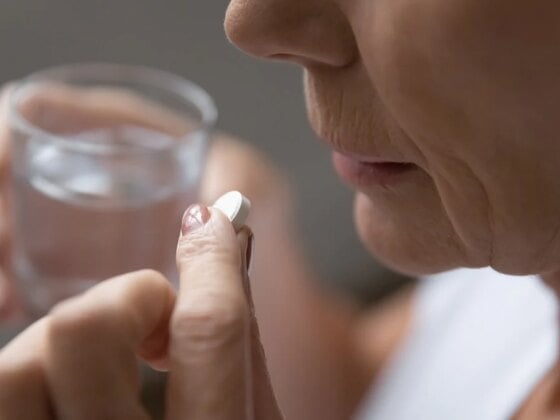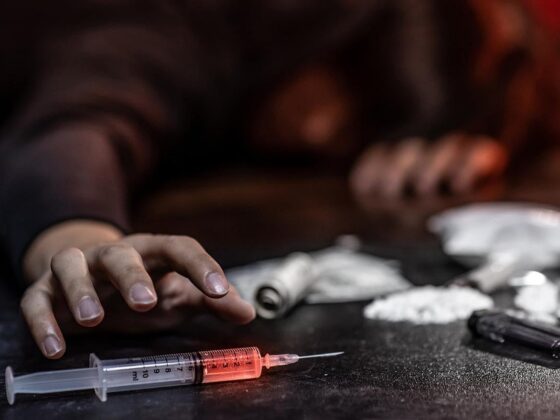There’s no debating this: COVID-19 has created a health crisis and an economic crisis of a magnitude that hasn’t been experienced in any living person’s lifetime. But fierce debates about how to work our way out of these crises have been plentiful in the halls of Congress these last few weeks.
The Biden Plan
The Biden Administration staked out its position in this debate by putting forward the American Rescue Plan – a $1.9 trillion dollar package to fight the pandemic and restore economic stability. President Biden signed legislation enacting the American Rescue Plan Act (ARPA) into law on March 11th. The ARPA isn’t a modest initiative. It rises to meet our nation’s outsized pandemic challenges with equally big measures to counteract the tremendous damage done. Funding for vaccinations, treatment, testing and expenses related to COVID-19 are front and center, and so too are efforts to expand access to health care and promote public health. The ARPA recognizes that growing a prosperous economy rests upon ending the pandemic and taking necessary measures to keep Americans healthy.
Republican opposition
Republicans in Congress took an opposing position in the COVID-19 relief debate: they essentially sat it out. With zero support among Republican leadership, the budget reconciliation process was used by Democrats to approve the ARPA on a simple majority vote. Republicans raised little protest over massive increases in the national deficit under the previous administration. Now, they harshly criticize the ARPA as too costly, adding that it contains funding for “liberal priorities.” But despite the efforts to frame the ARPA as wasteful and unnecessary, polling shows it is broadly popular with the public, including significant support from Republicans.
A holistic approach addresses many ills
Aside from the health care aspects of the ARPA, some of which appear in the table below, it’s no wonder there is popular support for this landmark legislation. It provides help to everyone from: parents juggling work and child care; restaurant owners desperately trying to stay afloat; unemployed workers who may have kept their jobs if not for COVID-19; teachers who will benefit from resources dedicated to a successful return to the classroom; to small business owners having access to grants and more funding available via the Paycheck Protection Program (PPP), and more.
And perhaps signaling what amounts to a new war on poverty, the stimulus provided by ARPA will lift 13 million Americans out of poverty, and child poverty will be reduced by more than half, according to analysis from Columbia University’s Center on Poverty and Social Policy.
“One year ago, the first COVID-19 case was identified in Michigan. Since then, people in our state have experienced so much – loss, sacrifice, and hardship.
… the American Rescue Plan will provide something new – hope. It provides historic help to our families and communities. The Plan will save lives by vaccinating more Americans, put money and other critical support directly in the hands of those who need it and safely return students to the classroom. Help is on the way.”
Senator Debbie Stabenow
“Help is on the way.”
In a statement released following President Biden’s signing the ARPA into law, Senator Debbie Stabenow concisely summarized the deep exhale of relief felt by so many after suffering through the past 12 months: “One year ago, the first COVID-19 case was identified in Michigan. Since then, people in our state have experienced so much – loss, sacrifice, and hardship. With President Biden’s signature today, the American Rescue Plan will provide something new – hope. It provides historic help to our families and communities. The Plan will save lives by vaccinating more Americans, put money and other critical support directly in the hands of those who need it and safely return students to the classroom. Help is on the way.”
Supporting health care access and affordability
COVID-19 has put a bright spotlight on health care access and affordability issues. The ARPA provides funding so that every level of government – federal, state and local – can improve pandemic responses and health care within their respective jurisdictions. Expanding ACA premium subsidies; incentivizing states to expand Medicaid; additional funding to local mental health agencies – these actions demonstrate the wide field ARPA will impact. Direct assistance to rural hospitals and other community providers indicates that private providers will also be supported where it is needed.
Problems that have been long simmering in our health care system will begin to be addressed via the remedies funded in the ARPA. People need help right now and that help is coming, as Senator Stabenow aptly put it. But looking ahead, ARPA’s biggest impact could be that long-term solutions will emerge from the groundwork it is laying down today. And that’s the ultimate rescue needed.
Paying attention to Rural America
Even before COVID-19, the people of rural America struggled with health care access and quality issues along with economic challenges such as lack of employment opportunities and low wages. The ARPA provides targeted assistance to rural populations through debt relief for socially disadvantaged farmers; rental assistance for low-income and the elderly; and a $10 billion rural broadband infrastructure fund. Specific to health care, major assistance is available for rural areas as indicated in the table below.
Health Care support in the American Rescue Plan Act – selected provisions*
| Rural Health Care support** | |
| $8.5 billion | For rural health care providers for expenses and lost revenues attributable to COVID-19. |
| $500 million | Set aside for rural health care grants covering COVID-19 related expenses and to increase capacity and telehealth capabilities. |
| Health Care Access and Affordability | |
| 95% federal funding for Medicaid expansion | States that have not expanded Medicaid eligibility as allowed under the Affordable Care Act (ACA) are incentivized to do so with 95% of the cost to cover the expanded population being covered with federal funds for two years. This action would help 4 million people get needed coverage. |
| Expanded subsidies for people in ACA plans | Full premium subsidies are available for two years for individuals with incomes between 100-150% of the federal poverty level (FPL). Individuals earning up to 400% above the FPL will have their ACA premiums capped at 8.5% of their income. |
| 100% COBRA premium assistance | Individuals who lost their health insurance as a result of losing their job can maintain work-sponsored coverage as provided under COBRA law, with 100% of the premium paid with federal funds through 9/30/2021. |
| $3 billion for mental health block grants | State and local governments will have access to funding for programs addressing mental health and substance disorders, as well as behavioral health workforce education. |
* A more detailed article on key health care provisions of the ARPA is available in the National Law Review.
** Separate from the ARPA, Senators Stabenow and Peters announced a $2.5 million federal grant in January to ramp up rural hospital staffing in Michigan.



